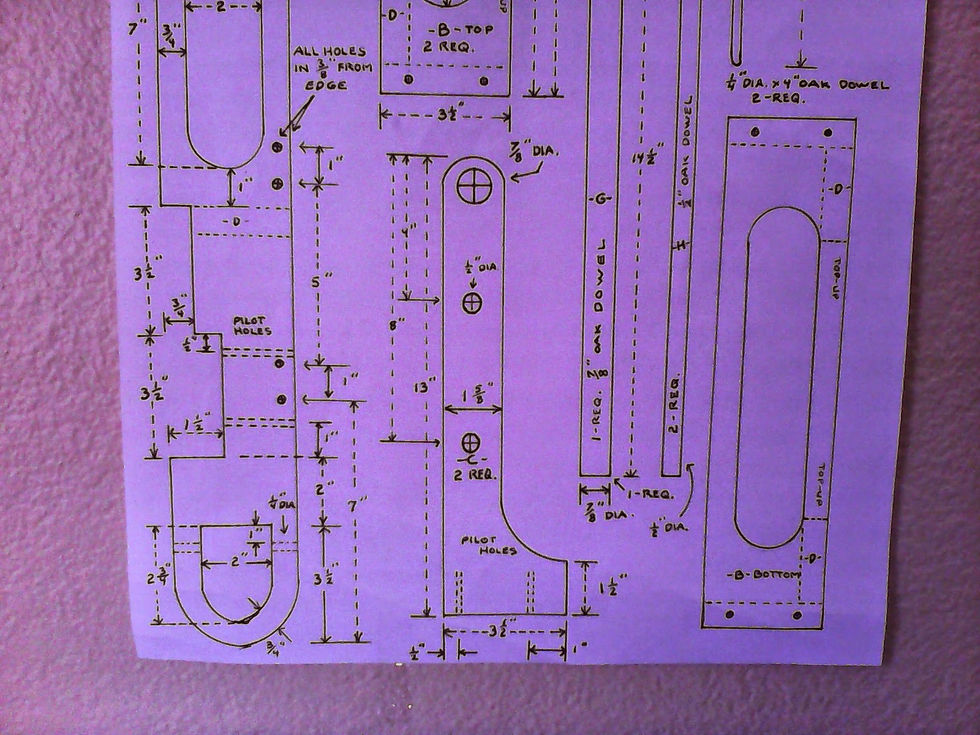An 1860’s Trapper Pack with Frame
- muleequestrian

- May 31, 2025
- 2 min read
For this summer’s hiking season, I decided I wanted a slightly different approach to backpacking. I opted for something different. I’ve lightened my load considerably and I built myself a new back pack to carry everything in. I’m going “retro” so I decided I wanted an 1860’s Trapper Pack and Frame. I made my frame out of solid red oak for strength.
According to the instructions this frame is rated for up to 120 pounds of freight. As for me ? I only carry about half that weight these days. I’m old now, 60 years, and I’m not a super hiking stud. I’m doing it just for the side experience and exercise.

I got a set of plans, and some red oak to make it from.

I got the clear red oak with no knots from Home Depot. I glued the frame together and used brass screws to hold it together. I opted for brass screws because steel ones would rust and weaken the frame.

Once I got the frame together I had several options to make the pack shelf.

I opted for woven parachute chord as the platform.

The pack straps are from a military surplus Alice pack and kidney belt. With the frame alone, you can carry firewood back to you campfire easily without making numerous smaller trips. You can also carry a quartered game animal, large containers of water strapped to the frame, or any other odd shaped loads.

I have a single leather strap that goes around the frame to anchor the pack basket in place when I’m using it. The basket itself is woven from strips of white cedar. It’s been sprayed with a breathable waterproof coating to prevent rain rot in the wetter months.

The basket itself has separate webbing straps so it can be carried separate from the frame if needed.

The set up as seen from the rear. The pack basket has a rubberized waterproof bag inside that keeps all the other gear dry and it has a draw string at the top as a closure. Small pouches can be strapped to the lattice of the pack basket outside to carry other items you need easy access to.
As I spend time in the woods with the pack this summer, I can make adjustments to the padding of the straps, find out where areas are that might rub against my skin, and I’m considering adding a tump line. A tump line is a strap that runs from the pack load itself up over the top of your forehead. This keeps the load centered on your spine instead of compressing your shoulders. That way, I can switch between carrying the load on my hips and my shoulders or my spine, in order to give my shoulders a rest…. Or give my spine a rest as I’m carrying weight.


Comments